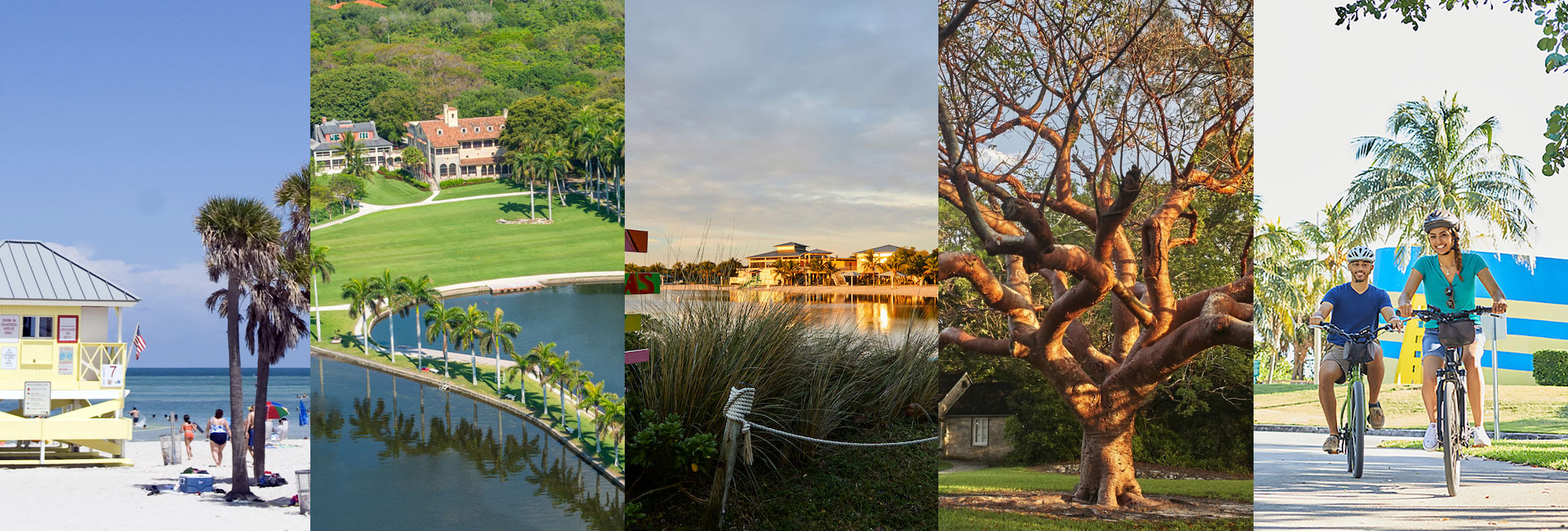Street Tree Master Plan
Adequate tree canopy is vital to the environmental and economic well being of our community. Trees save money on our electric bills by shading homes, offices, and streets, resulting in a reduced need for the use of air conditioning. Trees reduce storm water runoff by intercepting rainfall through their leaves and branches and releasing it slowly and also actively removing water from the soil. National studies indicate that trees increase property values by 5-15 percent and make communities more visually and environmentally appealing. Trees improve air quality by absorbing pollutants and particulate matter from the air. Trees shade pavement and reduce air temperatures and the urban heat island.
In addition to what we traditionally think of as the benefits of trees, recent studies have also shown a positive correlation between trees and social benefits and quality of life indicators, including the reduction of reports of physical violence in public housing that had trees outside the buildings and significantly better relations and stronger ties between neighbors (Kuo and Sullivan, University of Illinois). Research also shows that consumers are willing to shop longer and spend more in retail areas that have trees because trees provide a “human habitat” (Wolf, University of Washington).
With all the known benefits of trees, why is our urban tree canopy in critical condition? There is not a simple answer. A healthy urban forest has many challenges. Active attention is needed by several segments of the community to reverse the decline. The Street Tree Master Plan focuses on policies and practices that result in reduction to the tree canopy and then sets the course to reverse the trend. The Plan establishes policy direction to begin management of Miami-Dade County’s urban tree resources as a necessary priority. The Plan calls attention to the green infrastructure to address the concerns of trees along our streets and highways. The Plan describes the procedures for planting and maintenance of street trees throughout Miami-Dade County and encourages partnerships with municipalities for the countywide implementation of the Plan for a greener, more livable community.
The mission of the Miami-Dade County Street Tree Master Plan is to provide the framework to design and implement street tree plantings that complement the purpose and intent of the Landscape and Tree Ordinances and to be used as minimum standards in order to enhance the County tree canopy to a minimum of 30 percent coverage countywide.
Goals of the Street Tree Master Plan
- Plant quality trees in public rights of way
- Develop and execute a Tree Management Plan to craft sustainable tree structure
- Promote the design of urban spaces that adequately fit trees
- Encourage local growers to produce the quality and species for public rights-of-way
- Educate policy makers and the public on the importance of adequate tree canopy
- Promote the expansion of the overall canopy in Miami-Dade County to at least 30 percent. This target reflects both the initiatives of the Street Tree Master Plan and other canopy restoration efforts in Miami-Dade County to create a greener, more walkable, livable community.

Parks, Recreation and Open Spaces
Christina White
Hickman Building
275 NW 2nd Street,
Miami, FL 33128
305-755-7800
